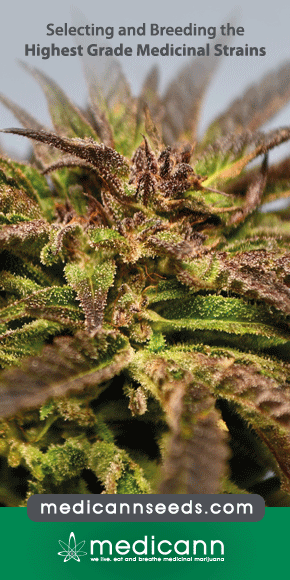Is cannabis an effective treatment for joint pain?
Cannabis has been used to treat pain for thousands of years. However, since the early part of the 20th century, laws restricting cannabis use have limited its evaluation using modern scientific criteria. Over the last decade, the situation has started to change because of the increased availability of cannabis in the United States for either medical or recreational purposes, making it important to provide the public with accurate information as to the effectiveness of the drug for joint pain among other indications.


